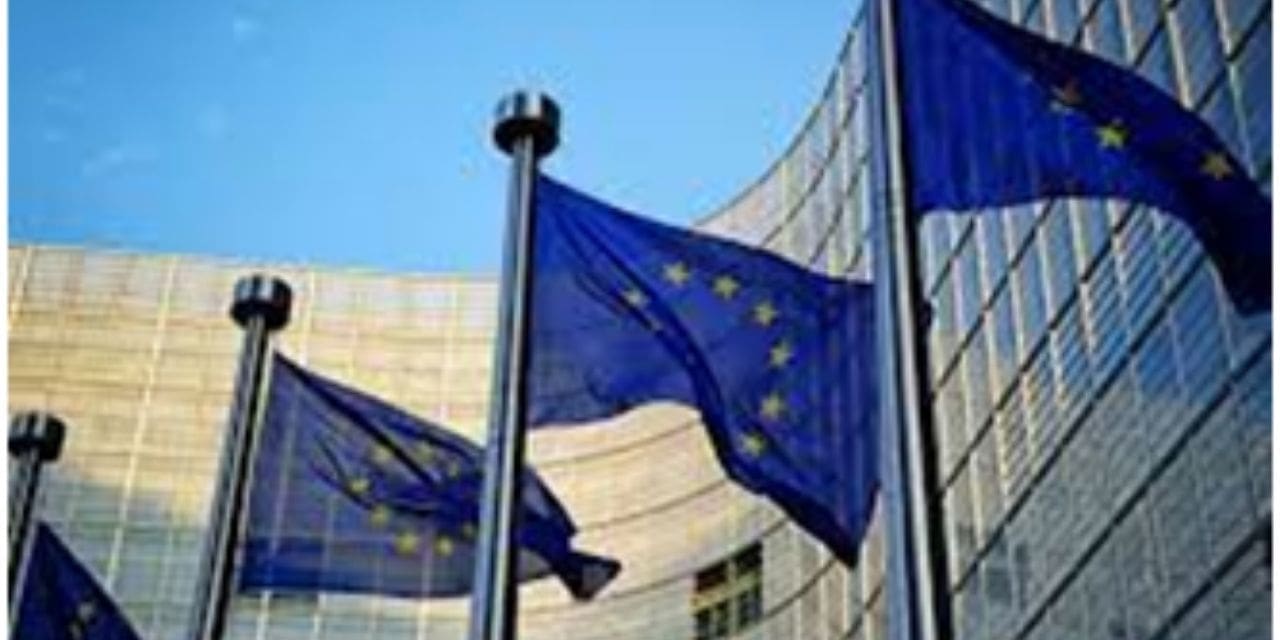Why do we need to act on textiles?
In garments and 0066urniture, clinical and defensive hardware, structures and vehicles, materials are the texture of regular day to day existence. European utilization of materials highestly affects the climate and environmental change, after food, lodging and versatility. It is the third area for higher utilization of water and land use, and fifth for the utilization of essential unrefined components and ozone harming substance outflows.
The normal European discards 11kg of materials consistently. All over the planet, a load of materials is landfilled or burned each and every second. Worldwide materials creation nearly multiplied somewhere in the range of 2000 and 2015, and the utilization of apparel and footwear is supposed to increment by 63% by 2030. In corresponding with this persevering extension, adverse consequences on assets, water, energy utilization, and the environment keep on developing. The need to address the creation and utilization of materials is presently more critical than any time in recent memory.
The material areas utilizes over 1.5 million individuals in more than 160 000 organizations, with a turnover of €162 billion out of 2019. Made basically out of little and medium-size endeavors, the materials environment should be went with to cultivate its post Covid-19 recuperation and to fortify its flexibility and increment its allure to a capable and talented labor force. Europe has generally been and ought to stay home to inventive brands, innovativeness, ability and quality material items.
The EU Strategy for Sustainable and Circular Textiles presents another methodology, accomplish these targets in a blended way. The Strategy carries out responsibilities made under the European Green Deal, the new Circular Economy Action Plan and the Industrial Strategy, and intends to make a greener, more aggressive and more current area, more impervious to worldwide shocks.
What are the principle activities remembered for the Strategy?
The Strategy proposes activities for the whole lifecycle of materials items, while supporting the biological system in the green and computerized advances. It tends to the manner in which materials are planned and consumed, including by taking a gander at practical mechanical arrangements and imaginative plans of action.
A portion of the actions include:
New plan necessities for materials under the Ecodesign for Sustainable Products Regulation, setting required essentials for the consideration of reused strands in materials, making them longer-enduring, and simpler to fix and reuse. Under the proposed guideline, economical materials items will turn into the standard in the EU. The proposition would likewise boycott the annihilation of unsold items under specific circumstances, including unsold or brought materials back.
More clear data on materials and a Digital Product Passport in view of compulsory data prerequisites on circularity and other key natural viewpoints.
Tight controls on greenwashing, with stricter principles to safeguard purchasers and direct connections to the forthcoming Green Claims Initiative.
Activity to address the accidental arrival of microplastics from materials. Notwithstanding item configuration, measures will target fabricating processes, pre-washing at modern assembling plants, marking and the advancement of inventive materials.
Orchestrated EU rules on expanded maker obligation regarding materials, and financial motivations to make items more supportable (“eco-regulation of charges”), as a feature of the modification of the Waste Framework Directive in 2023.
Backing to research, advancement and speculations and to the improvement of the abilities required for the green and computerized changes.
Addressing the difficulties connected with stopping the product of material waste.
The co-formation of a Transition Pathway for the Textiles Ecosystem to lay out the way forward and set out substantial advance on the best way to accomplish the 2030 objectives set by the Textiles Strategy.
How does the Strategy resolve the issue of quick style?
A considerable lot of the tensions made by the utilization of materials can be followed back to quick design – minimal expense, inferior quality attire delivered at incredible speed, frequently under unfortunate work conditions outside the EU. The Strategy tends to both the interest and the stock side difficulties this makes. For makers, obligatory plan necessities for materials and more prominent dependence on expanded maker obligation plans will assist with broadening the lifetime of attire.
Through the Transition Pathway, the Commission will draw in with partners to increase asset proficient assembling processes, reuse, fix and other new roundabout plans of action in the materials area. The procedure urges Member States to help the reuse and fix area at public, local and nearby level and embrace charge decreases and other good tax assessment measures for the reuse and fix area.
On the shopper side, the Strategy will support a shift towards quality, solidness, longer use, fix and reuse. Through the European Circular Economy Stakeholder Platform, it will activate creators, makers, retailers, sponsors and residents in re-characterizing EU design.

